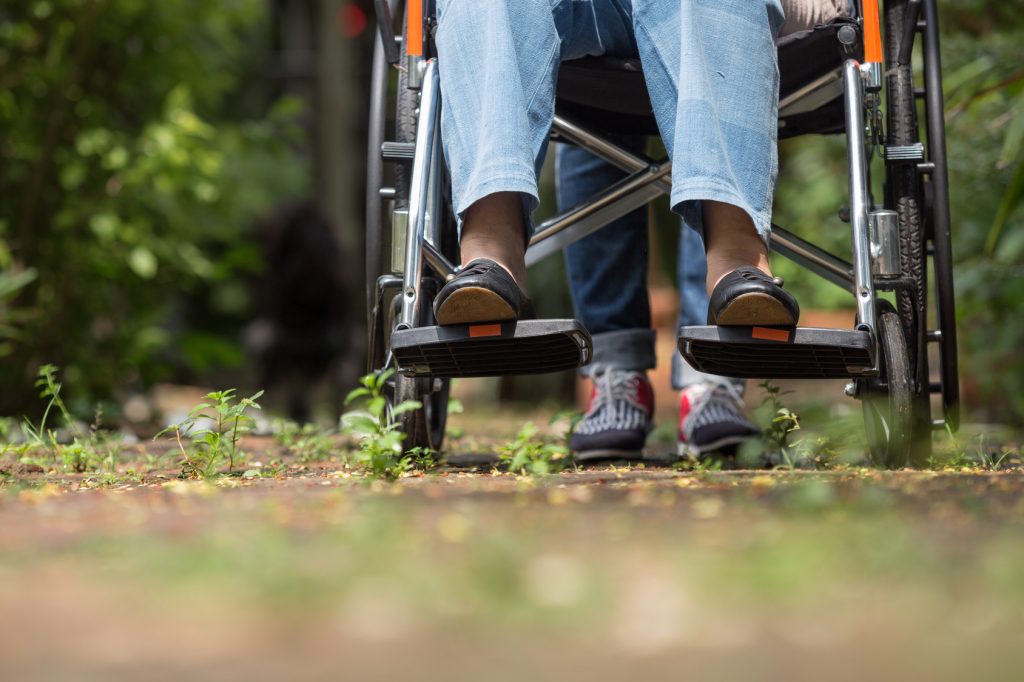Americans Increasingly Sedentary, Not More Active
Americans are often portrayed as being lazy, and a new study finds that they are living up to that stereotype, getting more sedentary over time.
Yet Another Physician Speaks Out Against PAs, NPs
As the physician shortage worsens, there is no shortage of physicians speaking out against the idea of PAs and NPs being comparable substitutes.
Optimizing EHR to Reduce Burnout? It’s Worth A Shot.
There is no one solution to fix physician burnout, considering it is a multifaceted issue, but optimizing EHR certainly can’t hurt.
Female PAs Still Paid Less than Male PAs
Female PAs earn $.91 to every dollar male PAs earn according to the newly released findings from the AAPA’s annual salary survey.
New Codes Relating to Social Factors Proposed
New codes have been proposed relating to social determinants, also known as the non-medical factors in a patient’s life that have an impact on their health.
Had a Tough Shift? Here’s 5 Ways to Recover.
Nursing is a hard job to begin with, but some days are harder than others. Here are five ways to help put that extra tough shift behind you and move forward.
2019’s “Best Hospitals” Announced
U.S. News & World Report has released their 30th edition of the Best Hospitals in the United States. Take a look at which hospitals scored top marks.
Where Are You Most Needed? 6 Nursing Shortage Facts.
The nursing shortage is a growing problem that’s putting serious pressure on nursing staff around the country. Here are 6 facts to know about it.
More Doctors on the Way, as Med School Enrollment Exceeds Goals
As the physician shortage continues, it’s promising to know that medical school enrollment has outpaced growth goals. But the crisis isn’t over quite yet.
A PSA on How to Address PAs
A physician assistant took to Twitter this week to offer up a PSA on how to address PAs, something that many still manage to bungle.






